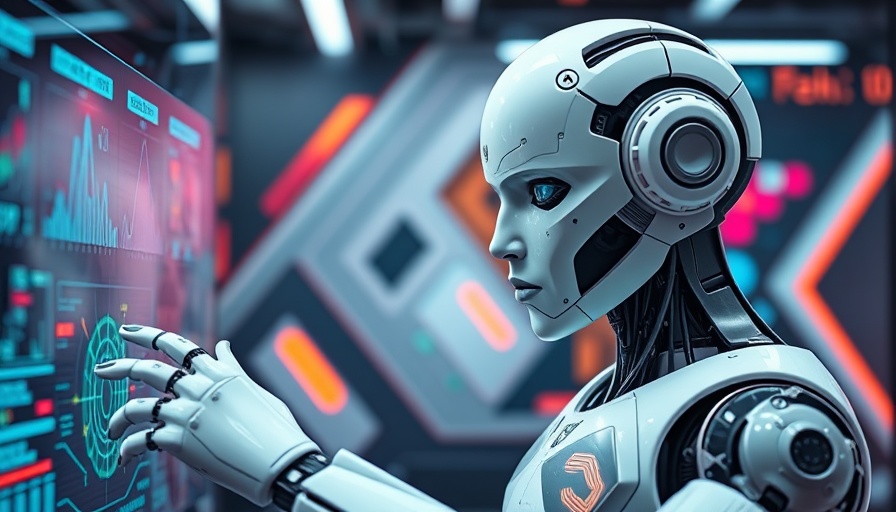
The Rise of AI in Robotics: An Overview
At the recent Google IO developer conference, Google showcased its innovative Gemini AI integrated within the Aloha 2 robotic systems, propelling the field of robotics into a new age of automation. The demonstration at the conference highlighted the use of these sophisticated robots in carrying out tasks autonomously, responding to voice commands with remarkable accuracy. The Aloha 2 robotic arms, which are designed for low-cost, bimannual teleoperation, exhibit capabilities that could redefine operational efficiency across various industries.
In What Google's Gemini Means for Robotics, the discussion dives into the technological advancements in robotics, exploring key insights that sparked deeper analysis on our end.
Understanding the Technology Behind Gemini AI
The technology driving these robotic systems is part of Google’s AI sandbox initiative. With a hefty $30,000 price tag, it’s clear that while Google is emphasizing the affordability of robotics, these systems still represent a significant investment. The Gemini AI is designed to process multimodal inputs, such as text and audio, allowing the robots to carry out complex tasks based on user prompts. For example, in the recent demo, participants instructed the robots to put away objects like highlighters and erasers, demonstrating the technology's ability to interpret imprecise requests and act accordingly.
The Shift Toward General AI for Robotics
The advances showcased in the demo are part of a broader trend in robotics—moving from specialized task execution towards general AI, which can adapt to various tasks dynamically. This shift is essential for entrepreneurs and businesses alike, as it opens up new possibilities for automation in environments where human-like adaptability is needed.
The Broader Implications for Entrepreneurs
As businesses start to integrate these advanced robotics into their operations, understanding the implications of this technology will be crucial. Entrepreneurs should consider how AI-driven robots can augment human labor, streamline processes, and ultimately reduce operational costs. The insights gained from developments like Gemini AI could lead to strategic innovations that reshape entire sectors.
Future Opportunities: What Lies Ahead
Looking ahead, the potential for AI-embedded robotics is immense. As automation technology continues to evolve, its impact on industries like manufacturing, logistics, and even customer service will be profound. Entrepreneurs have a prime opportunity to harness these developments for competitive advantage, leveraging technology tools that can dramatically enhance efficiency and service delivery.
In conclusion, as demonstrated in the video titled What Google's Gemini Means for Robotics, the advent of generalized AI in robotics represents a significant turning point in how businesses can operate. As the technology matures, entrepreneurs should remain vigilant and adaptable, leveraging AI solutions to stay ahead in an increasingly competitive landscape. Embrace the future of robotics and understand how these technologies can transform your business operations.
 Add Row
Add Row  Add
Add 




 Add Row
Add Row  Add
Add 

Write A Comment